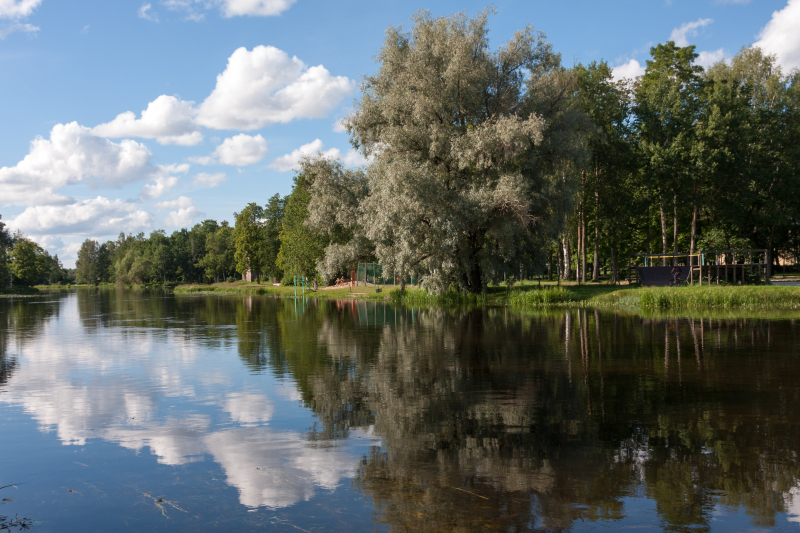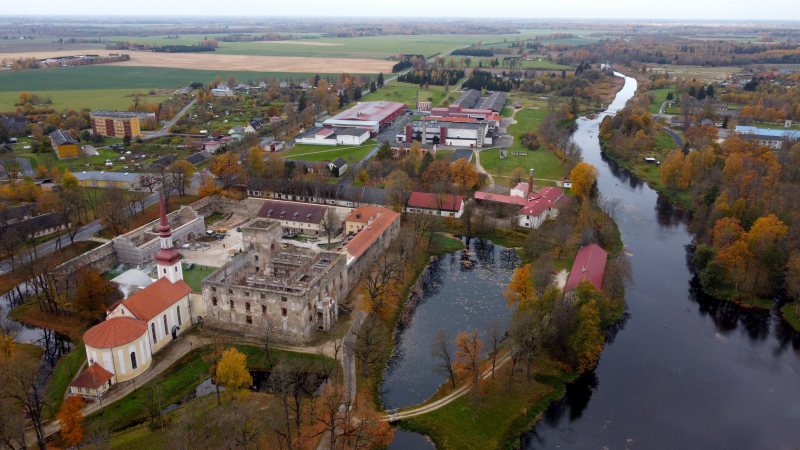Põltsamaa

The Põltsamaa is Estonia's third-longest river. It flows through Põltsamaa Parish, an Estonian rural municipality in Jõgeva County with a population of 2722 people in 2001 and an area of 416.9 km2 (161.0 mi2). On the north-east side of Põltsamaa Castle, the Põltsamaa flows through the center of Põltsamaa town (a town in Põltsamaa Parish). It's a tributary of the Pedja River.
Põltsamaa Castle is surrounded by a moat and sits on the banks of the Põltsamaa River. The construction of Põltsamaa castle began in 1272, when the Teutonic Order built a stone castle on the banks of the Põltsamaa River. The castle was the palace of King Magnus of Livonia from 1570 to 1578, and Põltsamaa (Oberpahlen) was the Kingdom of Livonia's capital. Woldemar Johann von Lauw transformed the looted and destroyed old castle into a sumptuous rococo-style nobleman's palace in the 1770s. The Põltsamaa tourist information center and a museum, as well as a Wine Cellar with a Food Museum, Estonian Press Museum, Central Estonian art gallery pART, the ceramic workshop Savikoda, handicraft workshop Käsiteokoda, and a workshop "värsktuba" of Handicraft, burned down in 1941; the church was restored in 1952, and the courtyard of Põltsamaa Castle is now a suitable place for outdoor.
Length: 135 km (84 mi)











